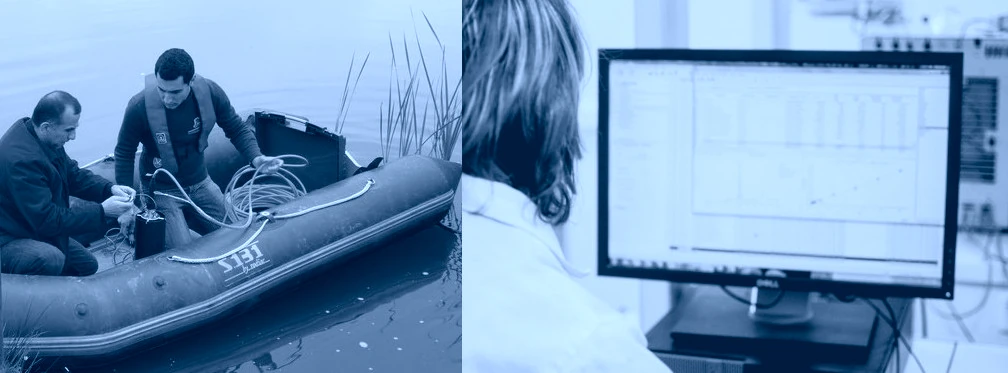- Recrutements
- Contacts
- Annuaires
- Choix du langage :
Dernières publications
936.
- titre
- Assessing water quality restoration measures in Lake Pampulha (Brazil) through remote sensing imagery
- auteur
- Alexandre Assunção, Talita Silva, Lino de Carvalho, Brigitte Vinçon-Leite
- article
- Environmental Science and Pollution Research, 2025, ⟨10.1007/s11356-025-35914-6⟩
- titre
- Do suspended particles matter for wastewater-based epidemiology?
- auteur
- Gauthier Bernier-Turpin, Régis Moilleron, Chloé Cenik, Fabrice Alliot, Sabrina Guérin-Rechdaoui, Thomas Thiebault
- article
- Water Research, In press, 280, pp.123543. ⟨10.1016/j.watres.2025.123543⟩
- titre
- Plastic debris dataset on the Seine riverbanks: up to 38 000 pre-production plastic pellets reported per square meter
- auteur
- Romain Tramoy, Laurent Colasse, Johnny Gasperi, Bruno Tassin
- article
- Data in Brief, 2025, pp.111735. ⟨10.1016/j.dib.2025.111735⟩
- titre
- La persistance des champs d’épandage d’eaux usées de l’agglomération parisienne au cours du second XXe siècle
- auteur
- Etienne Dufour
- article
- Métropolitiques, 2025, ⟨10.56698/metropolitiques.2174⟩
- titre
- Stock and vertical distribution of microplastics and tire and road wear particles into the soils of a high-traffic roadside biofiltration swale
- auteur
- Max Beaurepaire, Tiago de Oliveira, Johnny Gasperi, Romain Tramoy, Mohamed Saad, Bruno Tassin, Rachid Dris
- article
- Environmental Pollution, 2025, 373, pp.126092. ⟨10.1016/j.envpol.2025.126092⟩
Séminaire de Jamie Linton et Lucas Besson le 14 février 2014
Le prochain séminaire du LEESU aura lieu le vendredi 14 février 2014 à l’École des Ponts ParisTech (plan d’accès), de 10h30 à 12h30 en salle P302. Il sera constitué de deux interventions :
– Jamie Linton : "The hydrologic cycle and the hydrosocial cycle ". Le résumé de la présentation est : "This presentation considers how different ways of understanding the relation between water and human society have been reflected in different concepts of the circulation of water from the 1930s to the present in English-language hydrological and geographical literature. In 1931, the modern concept of the hydrologic cycle was introduced as a framework for the hydrological sciences in the United States by the American hydrologist Robert E. Horton. Originally conceived as representing a purely “natural” (i.e. non-social) process, the hydrologic cycle quickly spread in scientific, administrative and popular discourse. Scientific and cultural developments in the post-war years – especially the growing concerns for the human impact on the natural environment – gave rise to new ways of conceptualizing and representing the hydrologic cycle, so as to accommodate and reflect anthropogenic influences on the quality and flow of water in the hydrosphere. While integrating water and society, these concepts and representations reflected a rigid distinction and separation between nature and society, characteristic of modernity. As this distinction has weakened in more recent years, new concepts and representations of the hydro-social dynamic have appeared that reflect new ways of understanding this relationship. The presentation concludes with a discussion of the “hydrosocial cycle”, a concept that has been developed by the author and other critical geographers as a way of representing and analyzing the political and social dimensions of water."
– Lucas Besson : "La Réfractivité radar : vers une mesure de l’humidité de l’air" (LATMOS). Le résumé de la présentation est : "Les radars météorologiques ont été initialement conçus pour détecter et quantifier les précipitations. À la fin des années 90, une technique permettant de mesurer le changement de l’indice de réfraction de l’air avec ces radars a été développé. Cette nouvelle technique utilise la phase du signal en provenance des échos de sol pour estimer l’indice de réfraction entre le radar et ces cibles. Cette mesure offre potentiellement des informations sur la pression, la température et l’humidité dans les basses couches de l’atmosphère, et présente donc un intérêt météorologique, aussi bien pour la prévision numérique que pour les études de processus. La méthode, initialement conçu pour les radars cohérents, a été récemment adapté pour les radars non-cohérents, qui équipent la plupart des réseaux opérationnels européens. Les données sur le changement de réfractivité sont maintenant couramment observées par les radars météorologiques opérationnels français et archivées. Au cours du séminaire, je vous présenterai le principe de la mesure, et son utilité pour mesurer l’évolution des paramètres météorologiques dans la couche limite de l’atmosphère. Puis j’exposerai les différents travaux mis en place pour améliorer la mesure, mais aussi les perspectives qu’elle offre pour l’estimation des flux turbulents."
Les présentations sont disponibles ci-dessous :

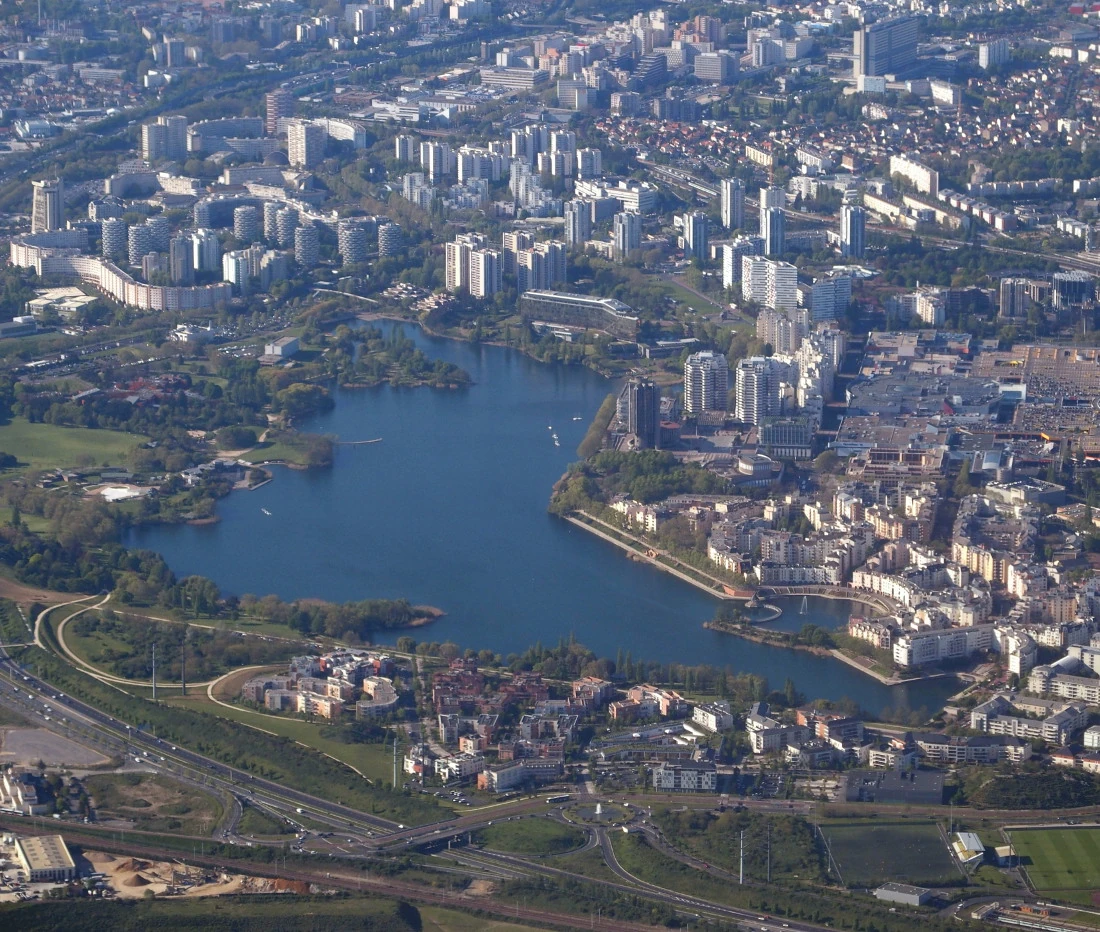




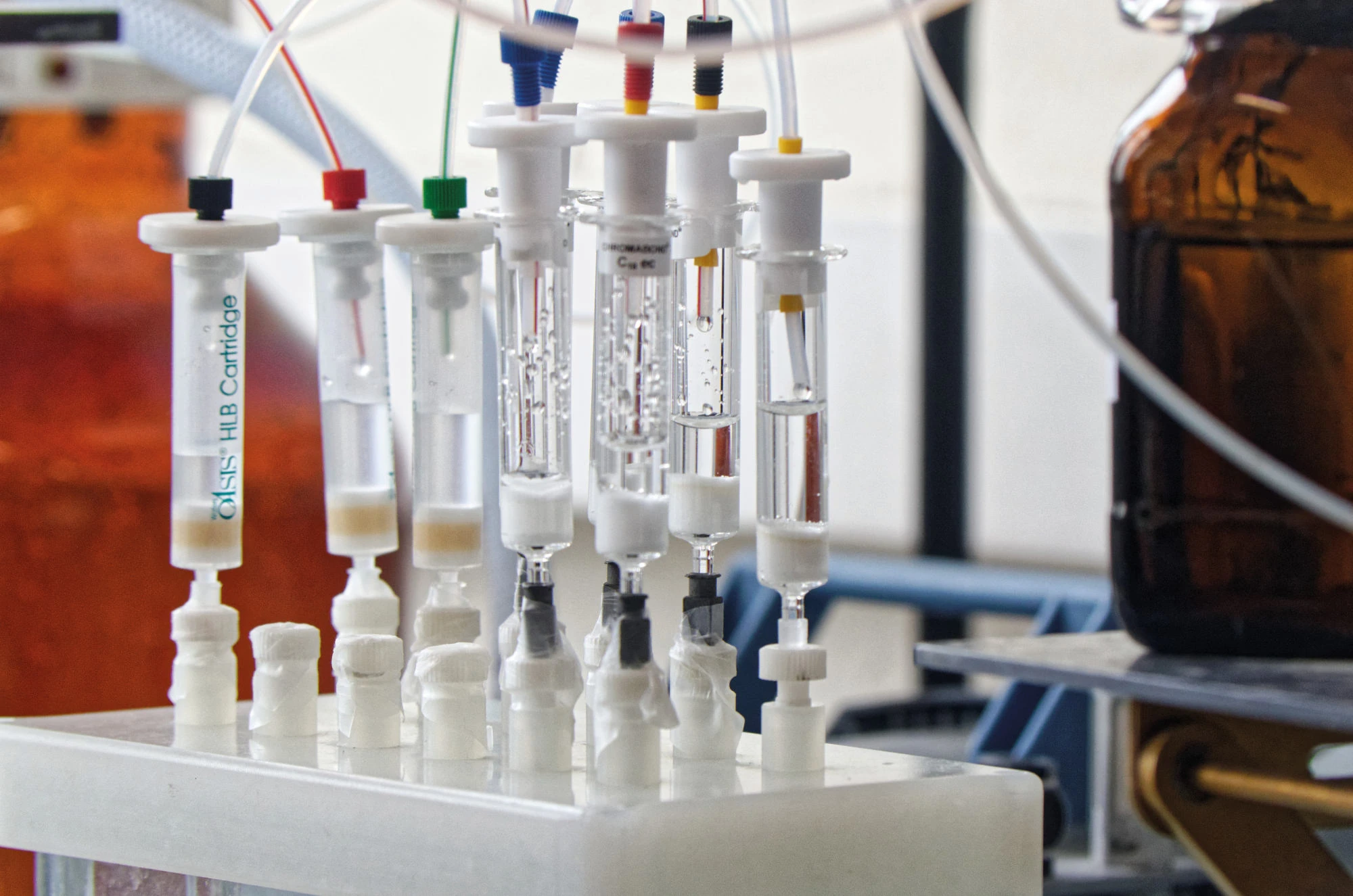
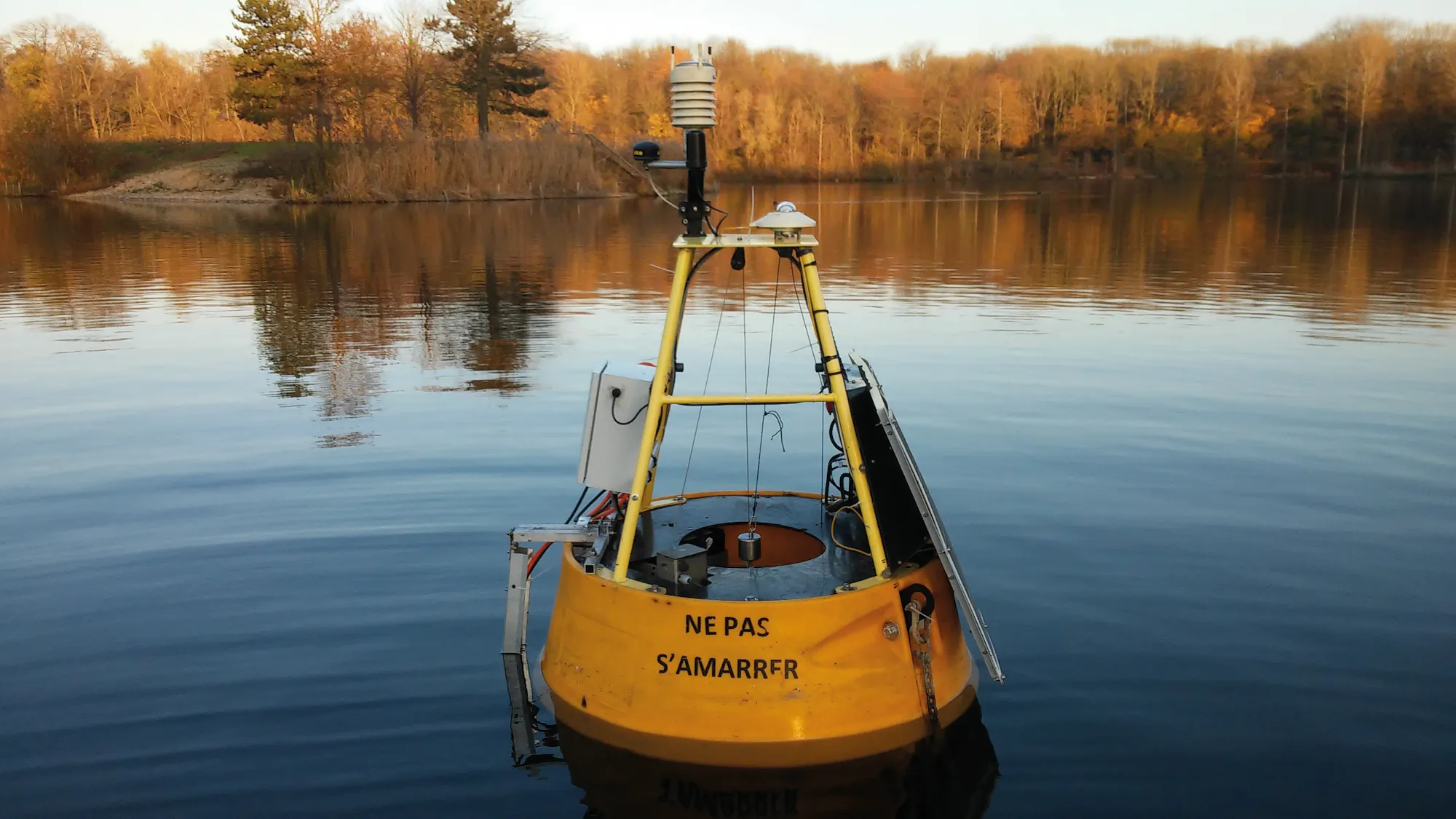
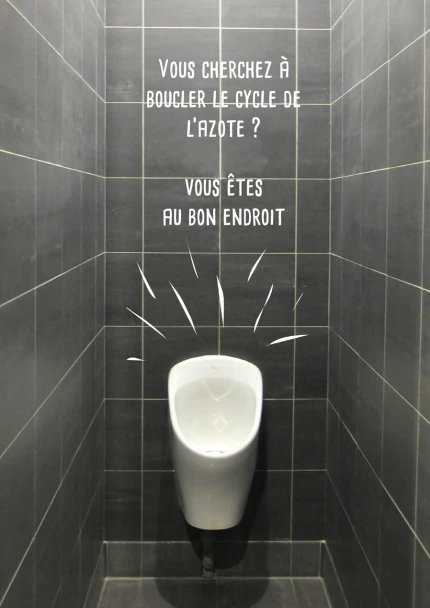
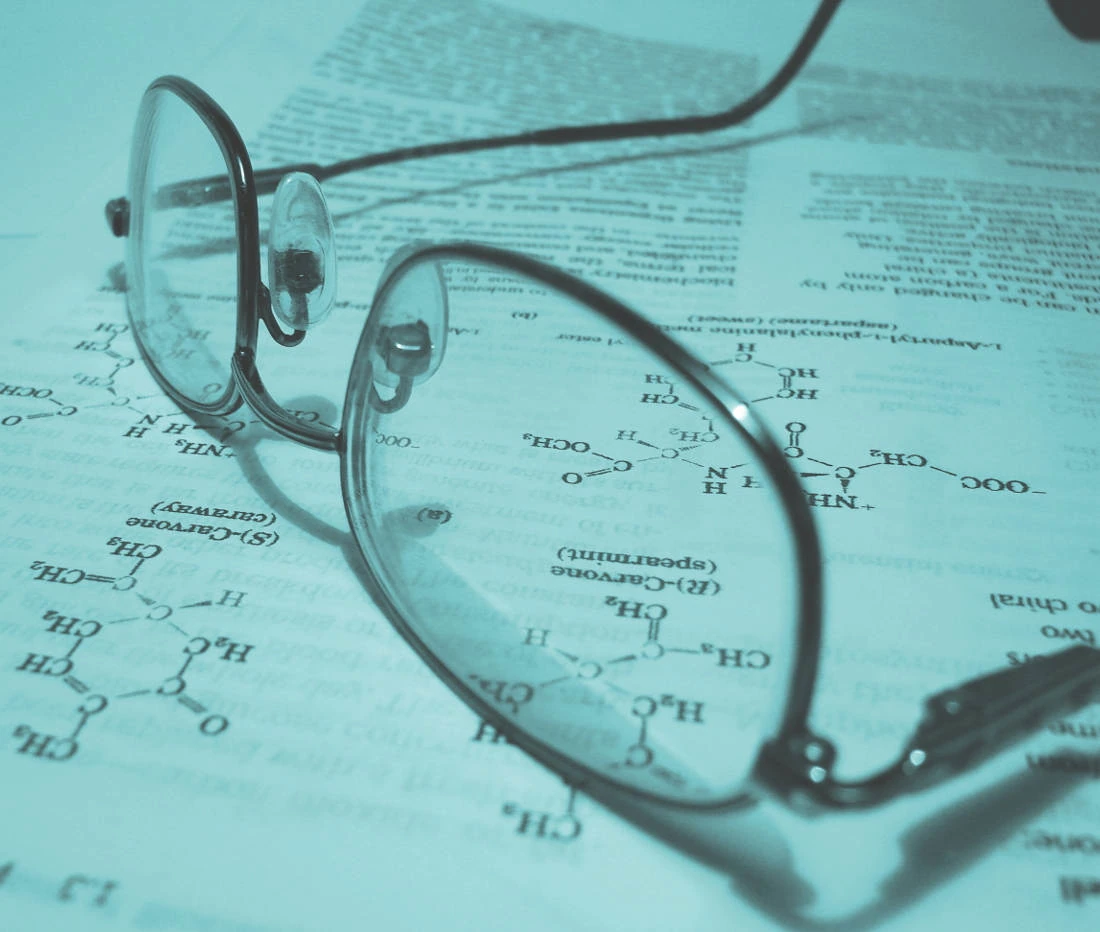 Productions scientifiques
Productions scientifiques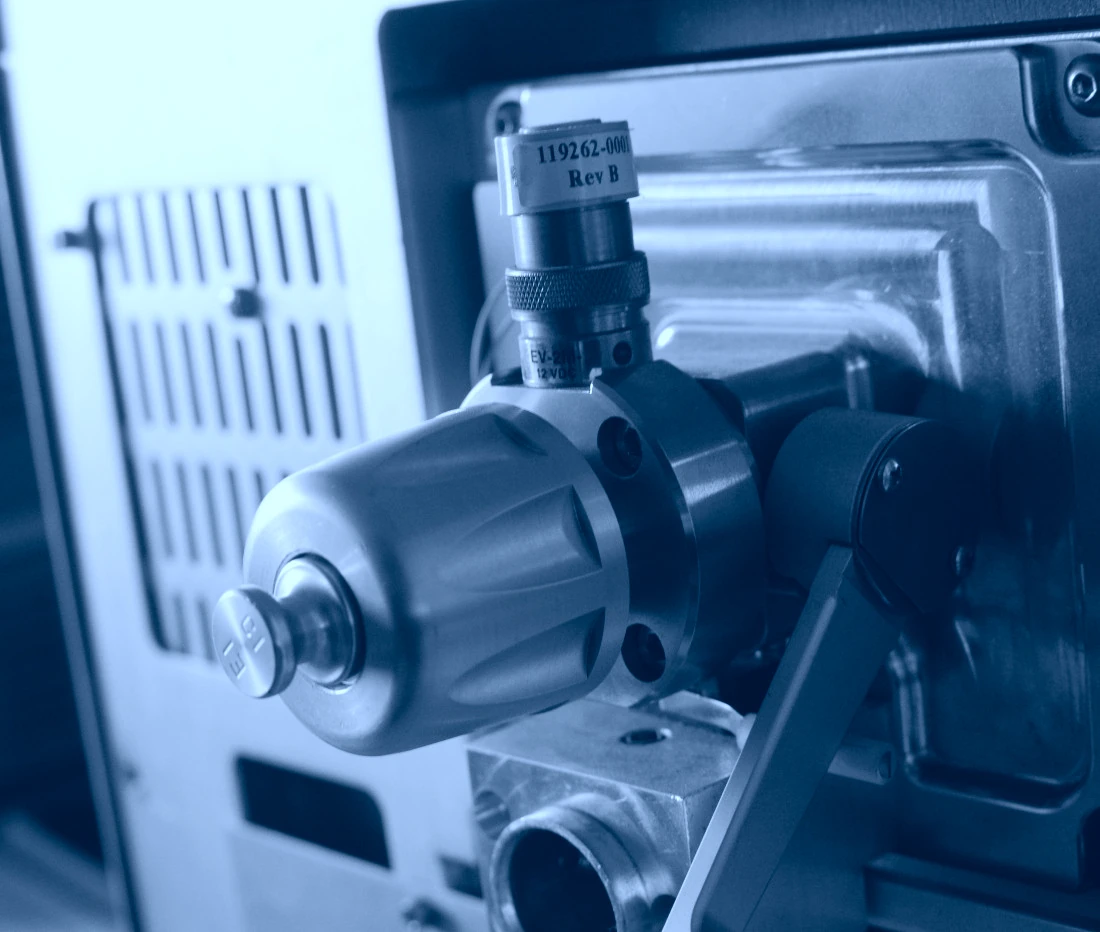 Moyens techniques et équipements
Moyens techniques et équipements Expertise et disciplines
Expertise et disciplines
